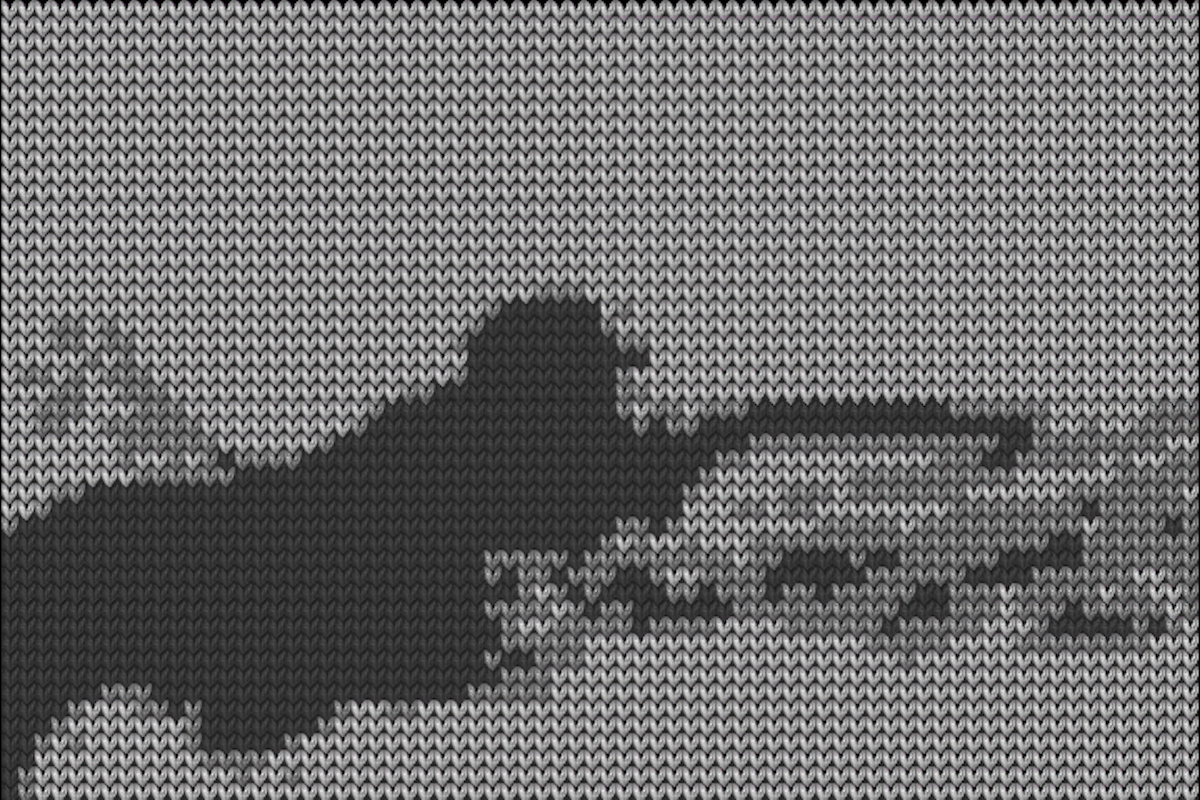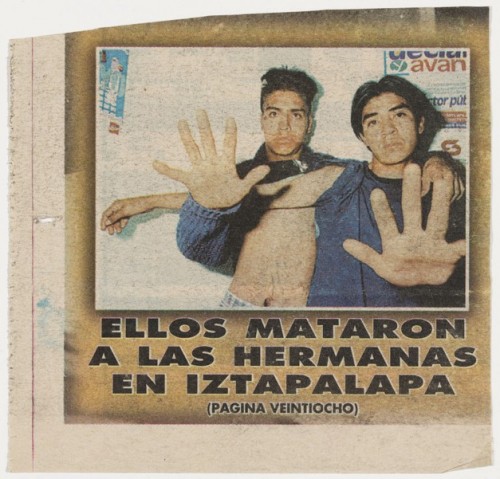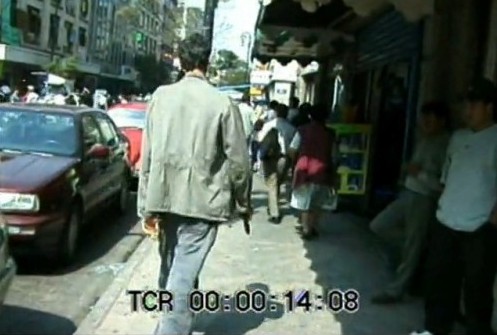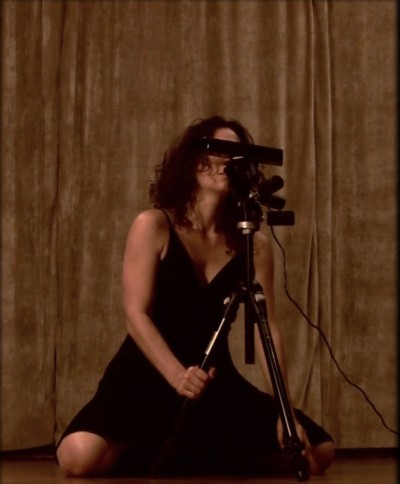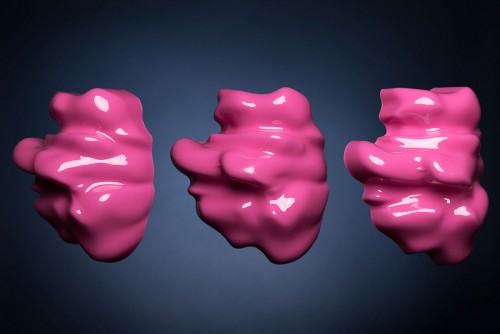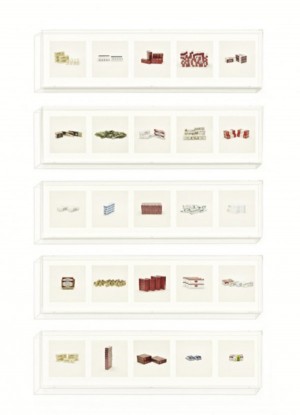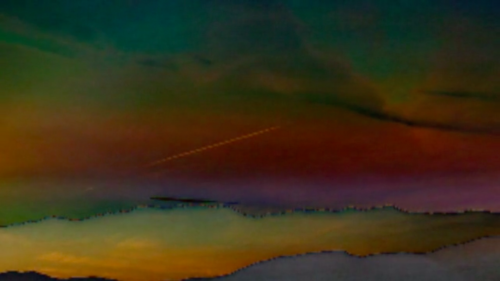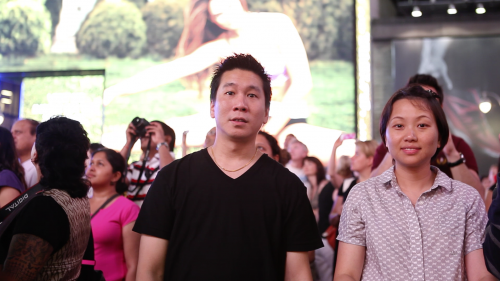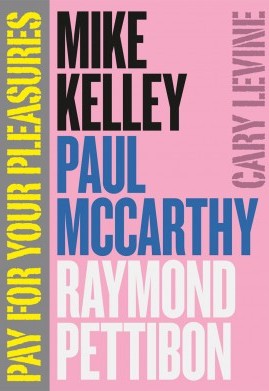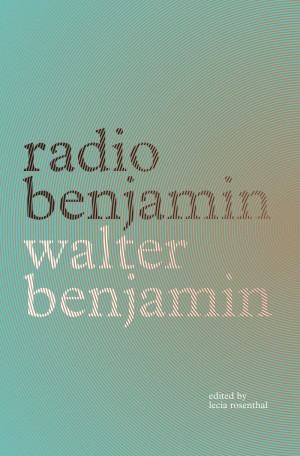Reviewed by Kirin Wachter-Grene Cary Levine. Pay For Your Pleasures: Mike Kelley, Paul McCarthy, Raymond Pettibon. Chicago: University of Chicago Press. 2013. Hardcover. 211 pp. Cary Levine’s first book, Pay For Your Pleasures: Mike Kelley, Paul McCarthy, Raymond Pettibon, uses three of America’s most transgressive artists to reconsider the concept of “transgressive” art. The first book to offer a sustained study of these Los Angeles artists, “bad boys” entering the art world in the 1970s and rising to prominence in the 1980s and 1990s, is, on one hand, a deeply researched biographical account of Kelley, McCarthy, and Pettibon, respectively, reinforced by interviews between author and artist. Levine places their considerable bodies of work, through the 1990s, in sociopolitical context and considers the artists both individually and together, linking their work through critical frames of gender, sex, and adolescence. His book is also one of the first to engage with all three artists’ involvement in underground music scenes, the effect such sonic subcultures had on their work, and the themes and methods running across and through the …

